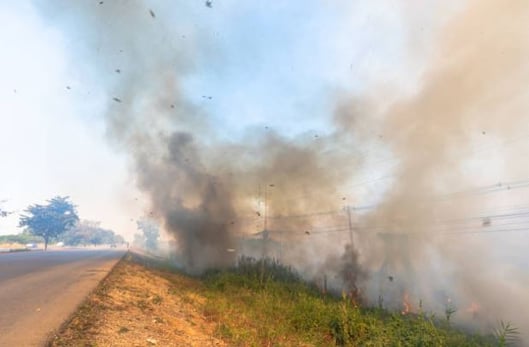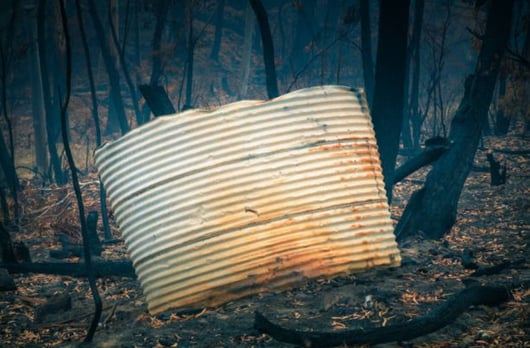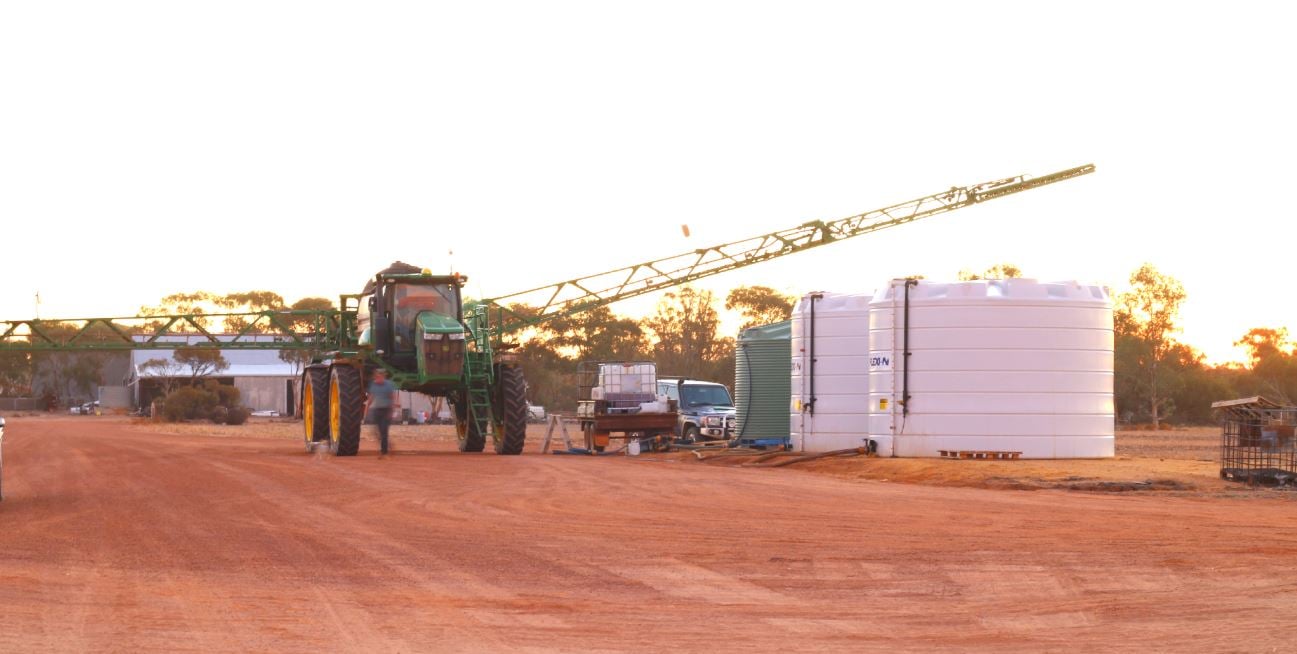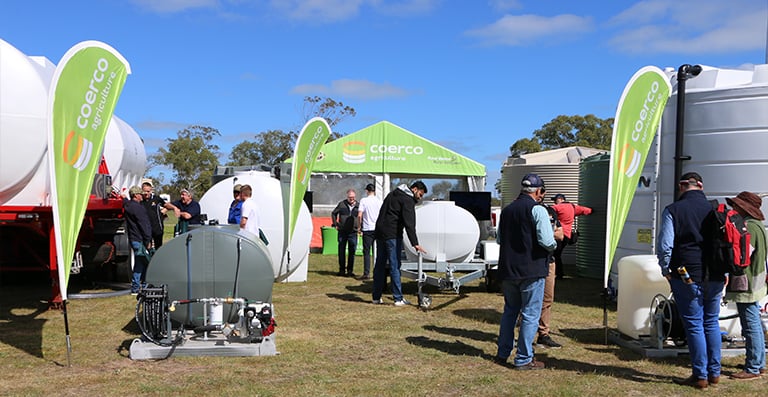The implementation of a water tank maintenance system is a given with rainwater collection, especially if the water is collected for drinking purposes (whether for livestock or humans). One such instance when your water supply can benefit from regular upkeep is right after bushfire season.
Bushfires pose a threat to water sources. For example, there’s algal contamination due to deoxygenation when ash and soil-contaminated water create a conducive environment for algae to grow. Such negative effects of bushfire on water isn’t unique to dams or rivers alone but also to water tanks.
Fire debris such as ash, sediments, and organic matter from dead animals and plants can find their way into your tank and negatively impact water quality.
If you haven’t done all the necessary measures to protect your water in the event of a bushfire, read on.
Water Tank to Do’s Before A Bushfire
If a bushfire hasn’t taken place in your neighbourhood but might in the future, then take the time beforehand to prepare with the following tips:
-
Install a system where downpipes from your roof to your rainwater tank can be disconnected quickly and easily. This cuts off access to your tank by any material left on your roof after the fire.
-
Seal any openings of your storage tank for extra protection.
When should you do this? Debris such as ash and other small particles can travel distances through wind so it’s best to protect your water tank as soon as you receive news of bushfire near you.

Fire debris hovering in the wind could travel distances.
Water Tank to Do’s After A Bushfire
In case you didn’t get the time to disconnect your pipework before a bushfire took place, it’s likely that your roof is contaminated. Now what do you do?
-
Disconnect the pipes when it’s safe to do so.
-
Proceed with cleaning your catchment area (roof and gutters) with clean water.
-
Use a mild detergent when necessary to take off tough debris.
-
Don’t use a pressure washer for asbestos roof if you’re concerned about its alleged health side-effects. Do note that asbestos hasn’t been found to be seriously dangerous when swallowed. (Source: https://ww2.health.wa.gov.au/Articles/A_E/Asbestos-in-drinking-water)
-
Clean your first-flush water diverter if you have it installed.
-
Drain your water tank if you think it has been contaminated.
Draining your water tank is especially crucial if the pipework hasn’t been disconnected prior to the bushfire and rain has taken place after the bushfire before you could do a maintenance checkup, which means that your water tank could be contaminated with ash and other pollutants.
Some Signs of a Contaminated Tank After a Fire

-
Your roof is full of debris (e.g. dead animals, ash, fallen leaves and other organic material that got deposited on your roof that aren’t normally there)
-
Plumbing towards the tank is damaged
-
Water from the tank has an unusual smell, taste, or look (e.g. looks cloudy)
-
Increased water level when it hasn’t even rained (indicative of debris in your tank)
-
Try to verify if fire suppressant water has been used to put out fire in your area. This could likely contaminate water inside your tank
-
The tank is physically damaged by the fire
Water tank damaged by bushfire
What to do with the water drained out of your water tank?
You may reuse the water drained out of your water tank for the following purposes:
-
Flush toilet
-
Wash outdoor equipment, cars, machinery when appropriate
-
Put out fires
-
Water your garden whenever appropriate
Pointers for Refilling Your Water Tank Post-Bushfire
NOTE: It’s not advisable to replenish your water supply with water from rivers, dams, etc., that has been affected by bushfire. Remember that they could be contaminated with algae due to deoxygenation.
-
The first rainfall after a bushfire may be contaminated with pollutants. Do not collect this “first” batch of rainfall.
-
Reconnect your downpipes only after your catchment area, gutters, and water tank have been thoroughly cleaned and/or repaired, and after the first rainfall.
-
Research found that “filters were good at removing zinc and copper but not chromium and arsenic” from bushfire. It’s suggested that “if your roof has received a lot of ash…”, to have your “water tested to make sure poisonous metals aren’t getting through.”
(Source: https://www.abc.net.au/news/health/2017-11-30/rainwater-tank-safety/9157240)
Indeed, just because bushfire season is over doesn’t mean the work is done. Don’t get caught off-guard. Persevere in protecting your water with the above tips!
Cleaning Sludge Out of Your Water Tank
Damaged Poly Water Tank FAQ's - Video
How to Keep Algae Out of Your Water Tank
Rainwater Tanks: A Maintenance Checklist for Long-Term Benefits



![<span id="hs_cos_wrapper_name" class="hs_cos_wrapper hs_cos_wrapper_meta_field hs_cos_wrapper_type_text" style="" data-hs-cos-general-type="meta_field" data-hs-cos-type="text" >[Water Tank Maintenance]: Tips to Ensure Quality Water After a Bushfire</span>](https://agriculture.coerco.com.au/hubfs/downpipe%20carrying%20water%20to%20water%20tank.jpg)






What do you think about this post?
Comments